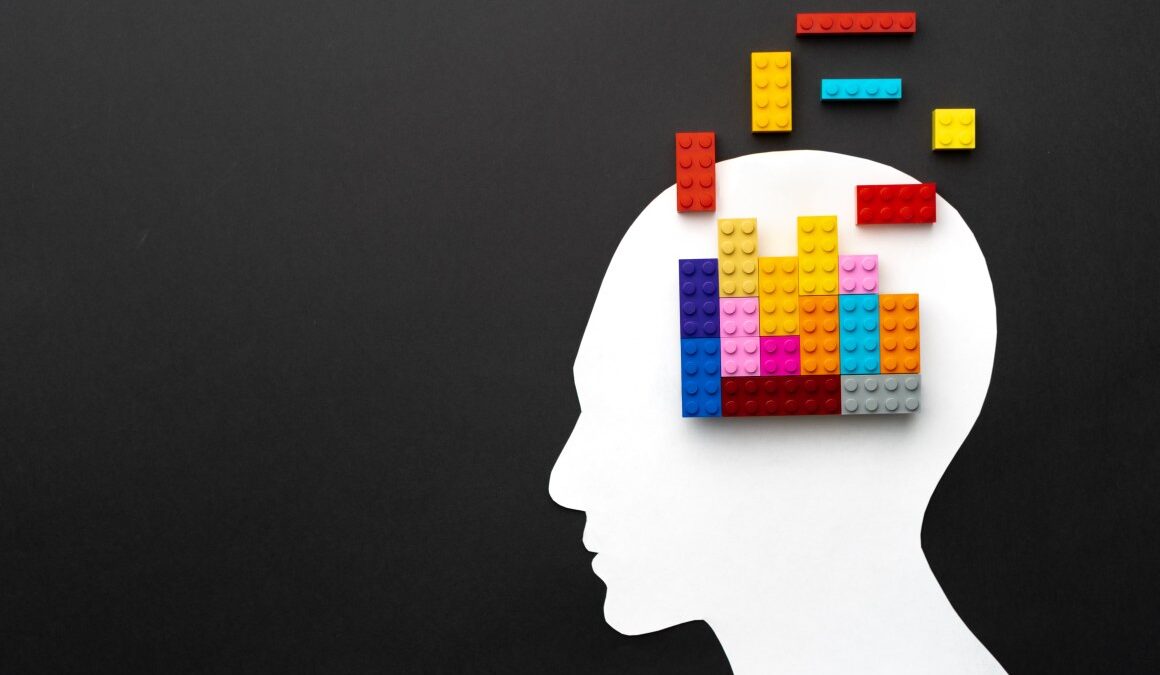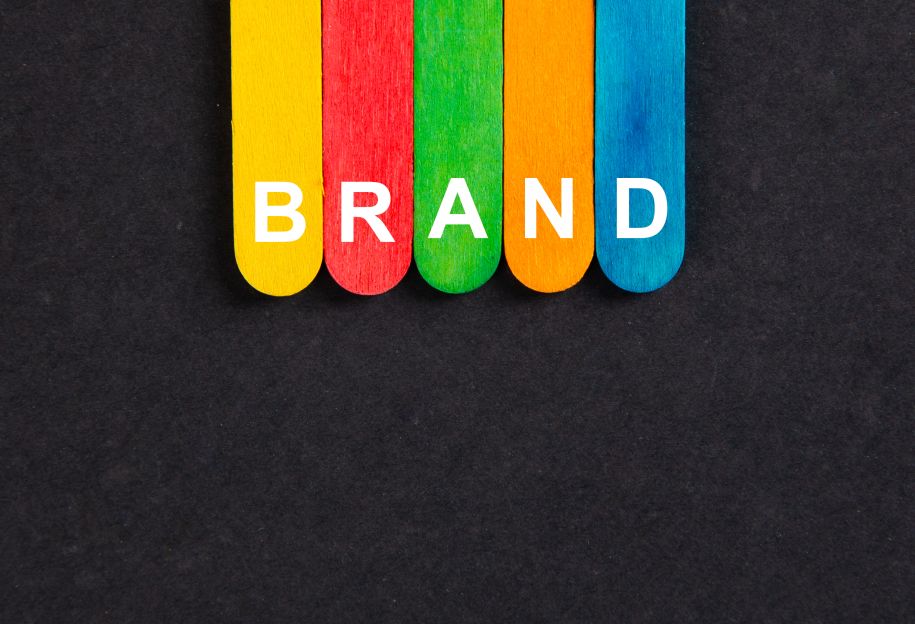Color psychology is an essential aspect of branding that often goes overlooked. The colors used in a brand’s logo, website, advertisements, and packaging breathe life and can significantly impact the way customers perceive a brand. In this guide, we will explore the significance of color psychology in branding, how different colors can evoke specific emotions, and how brands can use colors as a branding tool to enhance their image.
The Significance of Color Psychology in Branding
Color psychology is the study of how colors can impact human behavior and can be used to affect emotions and moods. Colors have the power to evoke an emotional response from people that can influence their buying decisions. For this reason, color psychology is an essential part of branding. Brands can use colors to create an emotional connection with their audience, communicate their message, and increase their brand recognition.
Johannes Itten was one of the most famous proponents of using color psychology. He was a Swiss artist and teacher who made significant contributions to color theory and its application in art and design. His theories on color and its use in art and design have influenced many fields, including branding and marketing. Itten’s color theory emphasizes the importance of subjective and objective color principles, which are crucial in understanding color psychology in branding. The subjective aspect of color theory refers to the emotional and psychological responses that colors evoke, while the objective aspect refers to the scientific study of color and its effects on human perception.
Color Theory
Color theory is based on subjective emotional responses to color. According to this theory, color can influence mood, behavior, and decision-making. Understanding color theory can help brands select the right color palette to convey specific emotions and associations. Color theory is based on three components: hue, value, and chroma.
- Hue: The hue of a color is the pure color without any tint or shade.
- Value: The value of a color is the brightness or darkness of a color.
- Chroma: The chroma of a color is the intensity or saturation of a color.
Objective Color Principles
Objective color principles are scientific and mathematical in nature, dealing with the physical properties of color such as hue, saturation, and brightness. These principles are used to ensure consistency and accuracy in color reproduction across different mediums. This is important for brands because consistency in color reproductions maintain brand recognition and help build trust with the audience. Objective color principles are used in the creation of brand guidelines that outline the colors for both digital and print applications.
Ready to unlock the secrets of color psychology for your branding strategy?
Contact Growth Hackers
How Different Colors Evoke Specific Emotions
Different colors can evoke subjective experience and specific emotions in people. By understanding the emotions associated with different colors, brands can choose colors that align with their message and audience. Here are some examples of how colors can affect emotions:
- Blue: Blue is often associated with trust, security, and professionalism. Many financial institutions, such as Chase and American Express, use blue in their branding to convey trust and security.
- Green: Green is associated with nature, growth, and harmony. Brands that focus on eco-friendliness, sustainability, and health often use green to portray their values. For example, Whole Foods Market uses green extensively in its branding to showcase its commitment to natural and organic products.
- Red: Red is often associated with passion, excitement, and urgency. Brands that want to evoke a sense of urgency or excitement, such as Coca-Cola and Target, often use red in their branding.
- Yellow: Yellow is associated with happiness, optimism, and creativity. Brands that want to convey a playful and cheerful image often use yellow in their branding. For example, McDonald’s uses yellow extensively in its branding to create a fun and cheerful image for its brand.
- Orange: Orange is an energetic color that evokes feelings of enthusiasm, excitement, and creativity. Brands that use orange in their branding include Fanta, Harley-Davidson, and Nickelodeon.
- Purple: Purple is a regal color that evokes feelings of luxury, creativity, and mystery. Brands that use purple in their branding include Hallmark, Cadbury, and T-Mobile.
- Black: Black is a sophisticated color that evokes feelings of power, elegance, and authority. Brands that use black in their branding include Chanel, Nike, and Apple..
Using Colors as a Branding Tool
Colors can be used strategically to enhance specific emotions and create a brand identity that resonates with consumers. For example, using green in a brand’s logo can evoke subjective feelings of health and wellness, which is effective for companies in the health and fitness industry. Using blue in a brand’s logo can create a sense of reliability and trust, which is crucial for companies in the financial industry. Similarly, red is often used for clearance sales or stock up events, and pink is used in women’s product packaging.
Here are some examples of brands that have used unique color schemes to enhance their brand identity:
- Airbnb: Airbnb uses a combination of white and cyan blue to create a clean and modern brand identity. The cyan blue represents trust, dependability, and stability, which aligns with the company’s commitment to providing safe and reliable accommodations.
- Coca-Cola: Coca-Cola is known for its iconic red and white branding. The color red in Coca-Cola’s branding is associated with passion, excitement, and urgency, which aligns with Coca-Cola’s brand message of refreshing and uplifting.
- Apple: Apple uses a minimalist, modern, and intuitive approach to its branding, with a focus on white, silver, and black. The colors used in the Apple branding reflect the brand’s commitment to simplicity, innovation, and elegance.
- Starbucks: Starbucks uses a combination of green and white in their branding. The green represents the company’s commitment to ethical and sustainable practices, while the white represents cleanliness and simplicity.
- FedEx: Uses purple and orange, which are considered authoritative and cheerful, respectively, bringing out its energetic side.
Recommended Color Schemes for Different Products/Services
The best color scheme for a product or service depends on its audience, intended image, and other factors. It’s well known that branding is between science, art and psychology so you should not leave your branding strategy to chance. Here are some recommended color schemes for specific industries:
- Corporate brands: Corporate brands should choose colors that convey professionalism, trust, and security. Blue, gray, and black are popular colors for corporate branding.
- E-commerce brands: E-commerce brands should choose colors that convey excitement and urgency. Red, orange, and yellow can be effective colors for e-commerce branding.
- Eco-friendly brands: Eco-friendly brands should use colors that are associated with nature and sustainability. Green, blue, and earthy tones can be effective colors for eco-friendly branding.
Unlock the art of color psychology and elevate your brand’s image and message today!
Creating an Effective Color Palette That Resonates with Your Target Audience
Creating an effective color palette that resonates with your target audience is crucial for successful branding. Here are some steps to help you create a color palette that resonates with your target audience:
- Understand your target audience: Understanding your target audience is the first step in creating a color palette that resonates with them. Gather more information to know their demographics, preferences, and emotions so you can identify colors that evoke positive emotions.
- Choose a primary color: A primary color is the foundation of your color palette. Choose a color that represents your brand and resonates with your target audience. For example, if you are creating a brand for a luxury product, you may want to choose a color like gold to represent elegance and sophistication.
- Choose complementary colors: Complementary colors are colors that are opposite each other on the color wheel. They can be used to create contrast and make your brand stand out. You can choose complementary colors that complement your primary color and represent your brand.
- Test your color palette: Once you have selected your color palette, it’s important to test it on your target audience to see if it resonates with them. You can do this by conducting surveys or focus groups to get feedback from your target audience.
Ensure that your color choices align with your target audience’s preferences and feelings. You must determine who your ideal customers are and study their demographics, psychographics, and behavior patterns. While there are more than two different approaches to choosing the right colors, it is important to keep in mind the following tips when selecting a color palette:
- The color scheme should align with the brand’s identity, personality, and values.
- Use a limited color palette (3 to 5 colors) to avoid creating too many distractions.
- Ensure that the chosen color palette is not too similar to competitors in the same industry.
- Consider the application of colors across various platforms such as social media, website, and print media.
Maximizing the Impact of Your Color Choices in Social Media & Print Advertising
Maximizing the impact of your color choices in social media and print advertising is important for effective branding. Here are some tips to help you maximize the impact of your color choices:
- Consistency is key: Use the same color palette consistently across all marketing channels, including social media and print advertising. This creates a consistent brand identity that helps build brand recognition.
- Understand the color psychology of each platform: Different social media platforms have different color schemes that can impact the way your brand is perceived. For example, Instagram is associated with bright and colorful imagery, while LinkedIn is associated with professional and muted colors.
- Use colors strategically: Use colors strategically to evoke specific emotions and create a desired perception of your brand. For example, red is associated with passion and excitement, while blue is associated with trust and reliability.
- Use contrast: Use contrast to make your brand stand out in social media and print advertising. This can be done by using contrasting colors, such as black and white, or by using bright colors against a neutral background.
Ways to Measure the Effectiveness of Color Psychology in Branding
Measuring the effectiveness of color psychology in branding can be challenging. But if you’re interested, there are some ways to track the impact of color on brand perception. One way is to conduct surveys and ask customers how they perceive the brand based on its colors. Other ways are by conducting A/B testing with different color schemes to see which design performs better and by analyzing sales and conversion rates before and after implementing a new color scheme.
Final Thoughts on The Art of Color Psychology in Branding
Color psychology is an essential aspect of branding that can significantly impact a brand’s image and success. By understanding the emotions associated with different colors, brands can choose colors that align with their message and audience. Additionally, using colors as a branding tool can make a brand more recognizable and memorable. To measure the effectiveness of color psychology in branding, brands can conduct surveys and A/B testing to track the impact of their color schemes. Colors can be a powerful branding tool that enables brands to stand out in a crowded market and create a strong emotional connection with their audience.
When promoting your business, you need the expertise of someone who knows how to market your brand. For this, you need Growth Hackers – an award-winning agency that will bring you fast, sustainable, and scalable growth.
Growth Hackers offers content creation, marketing, and management services, so you can elevate your brand and captivate potential clients with compelling social media posts, persuasive emails, magnetic business blogs, and enthralling website copy. Our team of experts will skillfully craft content that resonates with your target audience, driving brand recognition and growth.
Work with Growth Hackers today and take your business to the next level.







